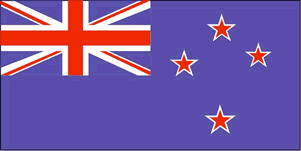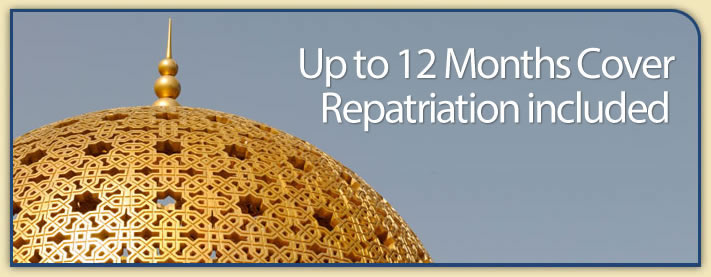Country Guide • New Zealand

New Zealand is located in the South west Pacific Ocean and consists of two main islands as well as a number of smaller ones. The principal islands are the North and South Islands which are separated by the Cook Strait. New Zealand has it all white to black sand beaches, mountains, thermal mud pools and geysers, plains, forests, rivers and lakes, and volcanic plateaux, New Zealand's scenery leaves nothing to the imagination. More than 30% of the land has been set aside in national parks, reserves and special heritage sites to preserve the country’s ecological heritage. New Zealand has 13 national parks featuring relatively untouched landscape, that are home to ancient forests and landforms, rare birds, and creatures that have survived since prehistoric times. There are plenty of opportunities to explore New Zealand's unique environment, on land and at sea, with a growing eco-tourism industry aiming for ecologically friendly tourism models. New Zealanders are ecologically aware, and both Maori and Pakeha treasure the natural environment.
| Official Name | New Zealand |
|---|---|
| Area | 268,798km² (103,783mile²) |
| Population | 3,951,000 |
| Continent | Australia/Oceania |
| Population per mile² | 38 |
| Capital City | Wellington |
| Religions | Christians - 81% and are mostly Protestant. Other Christian minorities include Roman Catholics, Baptists, Methodists and Presbyterians |
| Language | English (official), Maori |
| Government | Independent member of the British Commonwealth |
| Currency | New Zealand Dollar |
| GDP | $78.8 billion |
| GDP per Head | $20,200 |
| Natural Resources | Natural gas, iron ore, sand, coal, timber, hydropower, gold, limestone |
| Land Use | Arable Land 5.8% |
| Agriculture | Barley, wheat, potatoes, pulses, fruits, vegetables; lamb, wool, beef, dairy products and fish |
| Industry | Banking and Insurance, Meat and Dairy Processing, Machinery, Natural Gas Processing, Timber Milling, Transport Equipment, Tourism, Wine Making, Wool and Textiles and Wood and paper products |
| Tourism | New Zealand's landscape and temperate climate lends itself to outdoor activity. The country is renowned for its range of adventure pastimes - the best known being bungy jumping, jetboat riding, rafting and skiing. But adventure means different things to different people and the best aspect of the New Zealand adventure scene is that it provides activities rated from 'soft' to 'extreme' - from hiking and waterskiing to mountain climbing and caving. The adventure tourism industry makes the most of having a country surrounded by sea, criss-crossed by rivers and lakes, covered in native bush and with a central spine of spectacular snow-capped mountains. There's something for everyone who enjoys the outdoor lifestyle and the special sense of freedom the relatively sparsely populated land provides |
| Natural Hazards | Earthquakes are common, though usually not severe; volcanic activity |
| Health Risks | Amoebic Meningitis from bathing in natural hot thermal pools |
| Climate | New Zealand has a temperate climate dominated by the east moving anti cyclones that bring clear skies or fog while weather conditions are highly changeable throughout the year. All months are moderately wet while the high mountains carry snow throughout the year. Average annual rainfall varies between 24 and 59 inches. Average temperature ranges in Wellington are from 6 to 12°C in July to 13 to 21°C in January |
| Time | GMT/UTC+12 hours |
| National Days | February 6 Waitangi Day, April 25 ANZAC Day, June 2 Queen’s Birthday, October 27 Labour Day |
| Visas | Generally a passport only is required from most countries of the world |
| British Embassy | Embassy Details |
Information Only
The content above is for information purposes only and we have tried to ensure that the information is as accurate as possible. We cannot accept any responsibility for any inconvenience, loss or injury as a result of the information above. You should always check and verify any critical information like visas, health and safety and customs with the relevant authorities before you travel since information can change at any time.



